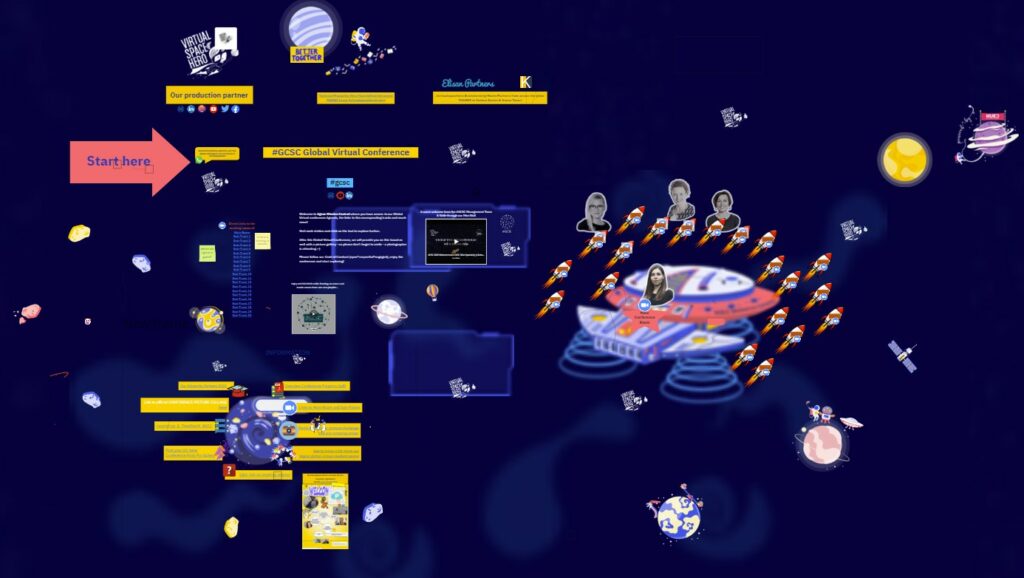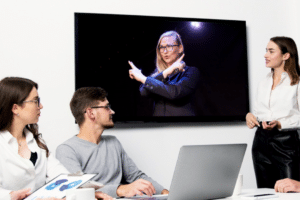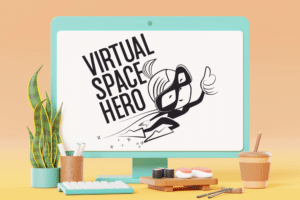Written by

BarbaraCV
#virtualspacehero
Be it before or during one’s studies, or only after graduation, at some point we all start thinking about our career path. Career fairs are mainly organized and promoted in the educational context, such as schools and universities to bring together companies and potential future employees. A career fair offers a great starting point, as young professionals are given the possibility of getting to know the companies from a different point of view, in addition to being able to personally talk to the HR managers and therefore establishing first contacts, network and get informed about the possible career paths in the company as well as the advertised job positions. But what about options for virtual career fairs?
Already before 2020, some providers of career fairs found their way into the virtual space. But it is also clear that in 2021 many big events will still be taking place LIVE virtually. From an organizer’s perspective, it is important to brief the companies well for such an appearance. But also to give the applicants the possibility of good preparation. And last but not least, design a virtual event where everyone also finds their way around well!
At career fairs one can usually find different formats that help facilitate networking and the exchange of information between companies and potential applicants, such as for example:
- One-on-one conversations (e.g. about career planning or individual support options)
- Talks (e.g. application formalities for certain companies )
- Round tables, panels (e.g. with company representatives discussing the benefits of their organisations)
- Interviews with company representatives, experts, applicants
- Workshops and services like for example CV checks, free application photoshoots, and application- or assessment centre training are offered

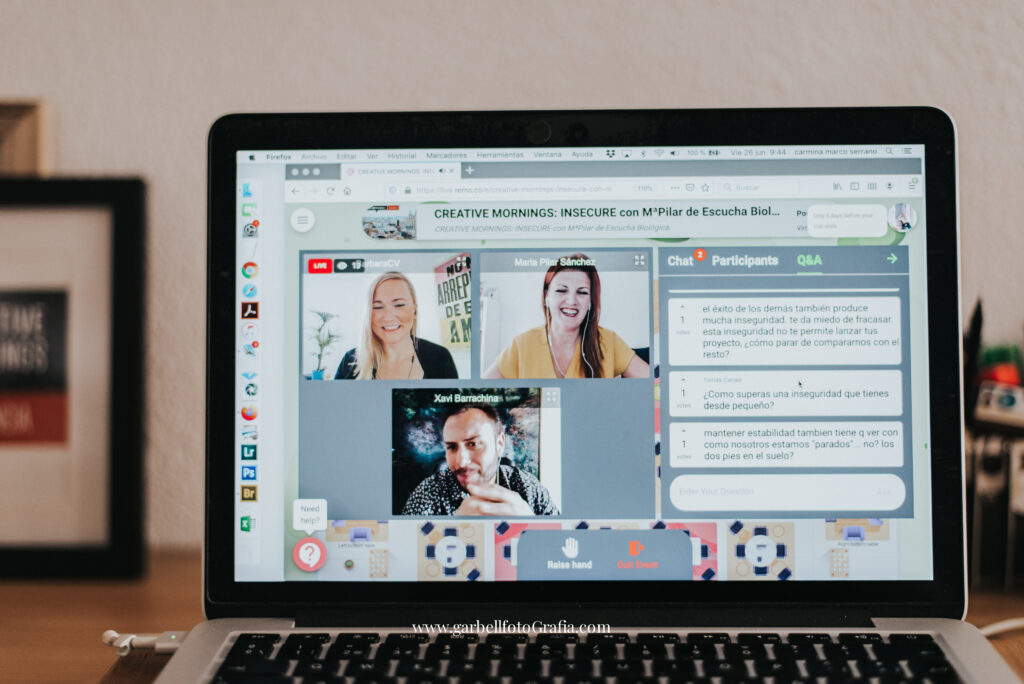
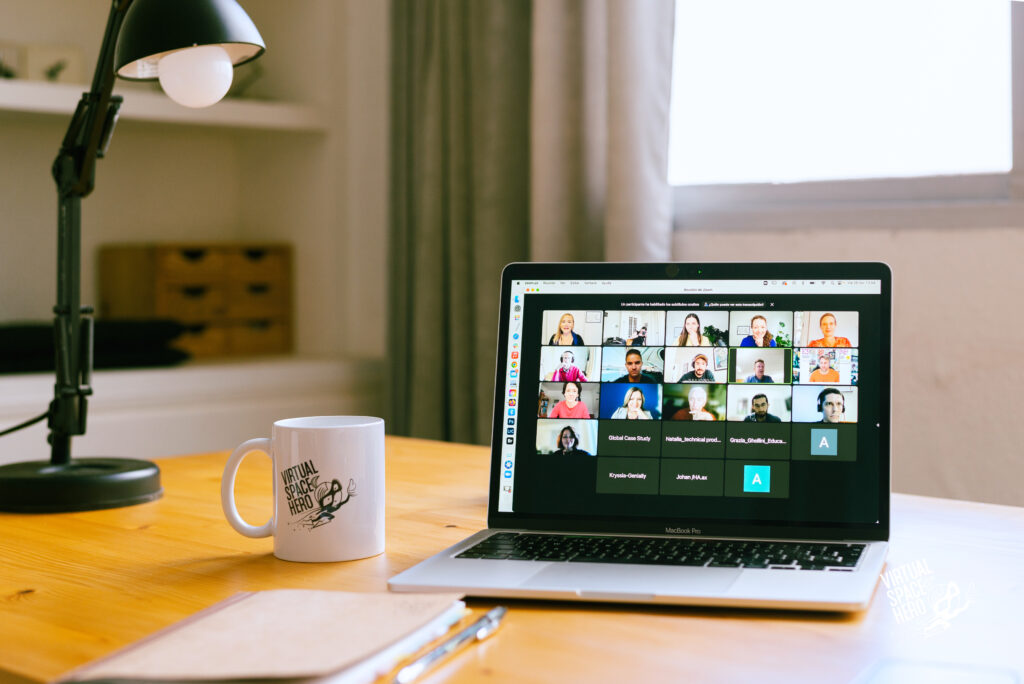
Advantages of Virtual Career Fairs
Even though not everyone would call themselves a virtual enthusiast like I tend to describe myself. We know that the virtual space offers a lot of possibilities. However, we do not make full use of them.
For employer branding and recruiting, virtual career fairs are a contemporary method of getting in contact with potential employees. In 2020 it became clear that, in contrast to traditional physical career fairs, the virtual form can also reach so-called “latent job seekers”. Latent job seekers are often well-qualified workers who have a “good” job,. But who might be open to changing jobs. These are people who would not actively go to a physical event, but consider a virtual career fair. Also because of the possible anonymity of the virtual space (depending on the platform, of course).
Depending on the scope of the event, more or less extensive platforms are required. Some providers of established (and also used by #virtualspacehero productions) platforms for organizing career fairs are listed as follows:
👉 vFairs
👉 Easy Virtual Fair
👉 Nextechar
👉 Online CareerEvents
👉 Ubivent/Meetyoo
These platforms sometimes even offer a 3D virtual reality environment. It is provided via virtual lobbies, exhibition areas, networking areas or integrated networking functions. They also offer sponsorship areas, streaming production, as well as analytics, reporting and much more in the admin function.
BE BOLD – BE CREATIVE: Create an EXTRAordinary and Memorable #virtualspacehero Experience
In the last few years we have organized many events via virtual event platforms. Depending on the respective goal, they have more or less worked well. Events with over 1,000 participants are usually easier to manage when the virtual infrastructure is already in place. In our experience, however, most platforms often do not have features that you would need (e.g. breakout rooms). Or the structure is not as user-friendly as you would like it to be. On November 27th, 2020 we had the great pleasure at #virtualspacehero production to design, produce and moderate the final global conference for the Global Case Study Challenge with 600 participants. We have chosen Miro as the platform for this mega-event and worked with zoom for the video conference/presentation part.
How can you use Miro in combination with Zoom for virtual career fairs?
In addition to the platforms mentioned above, we would like to show you a few possibilities for how you can design your own virtual space in a creative way.
The possibilities for using Miro as a (collaboration) platform are endless. As you can see from our example above, everything is designed around the virtual space (production by #virtualspacehero). This shows you how design can also give your company or the trade fair a wonderful layout.
We would strongly encourage you to invite participants also a few days before the official start. We have embedded a Spotify playlist, which encourages visitors to explore our platform with a pleasant sound. In our case, the playlist was created collaboratively by the #gcsc participants – this again adds a nice personal touch.
In any case, we would record a welcome video message and embed it here as well. The video message serves (clearly ) to welcome the visitors, but also to offer orientation and of course to give the entire experience a personal note. That first video message is essential. We often spend a lot of time here with our customers in individual coaching so that the energy, spirit and positive vibes come across. Which ultimately make my event successful.
We would then also recommend using a kind of information booth to provide a good overview. There you can, for example, link the program, the sponsorship area, the various links, social areas etc. These areas can be on the same Miro board and are simply linked to one another. Important: don’t forget the link back to the start, otherwise your participants might get lost. Something we definitely do not want.
The different program points would then simply take place in different Zoom meetings or webinar rooms. This can also be wonderfully linked. The trade fair visitors can simply “click on the link” and visit the respective talk, the company booth, the panel discussion or, for example, a networking area.
Using breakout rooms in the program items is important to provide 1: 1 networking. You could for example set up a networking meeting room using the self-select breakout room function. Then, people choose which room to join – in each room there is a company representative. Another possibility would be that every company (or every department) has its own Zoom meeting room, whereby the breakout rooms are open. In this case, an employee is available in each room to answer questions. A producer in the main room would then have the task of creating a feel-good atmosphere with pleasant background music on the one hand. But also sending the visitors from the main room to the breakout rooms. Of course, this requires a good logistical concept – but this is the moment where the production company comes into play!
Here You Can Explore our Miro Spaceship!
This example should show you that also combining other tools than traditional platforms, one can create an EXTRAordinary and memorable experience – whether it is virtual conferences or virtual career fairs!
If you like to explore our Miro board in more detail, please get in touch with us at barbara@virtualspacehero.com. We are happy to share you the access to the board so you can explore the interaction space free-floating!
